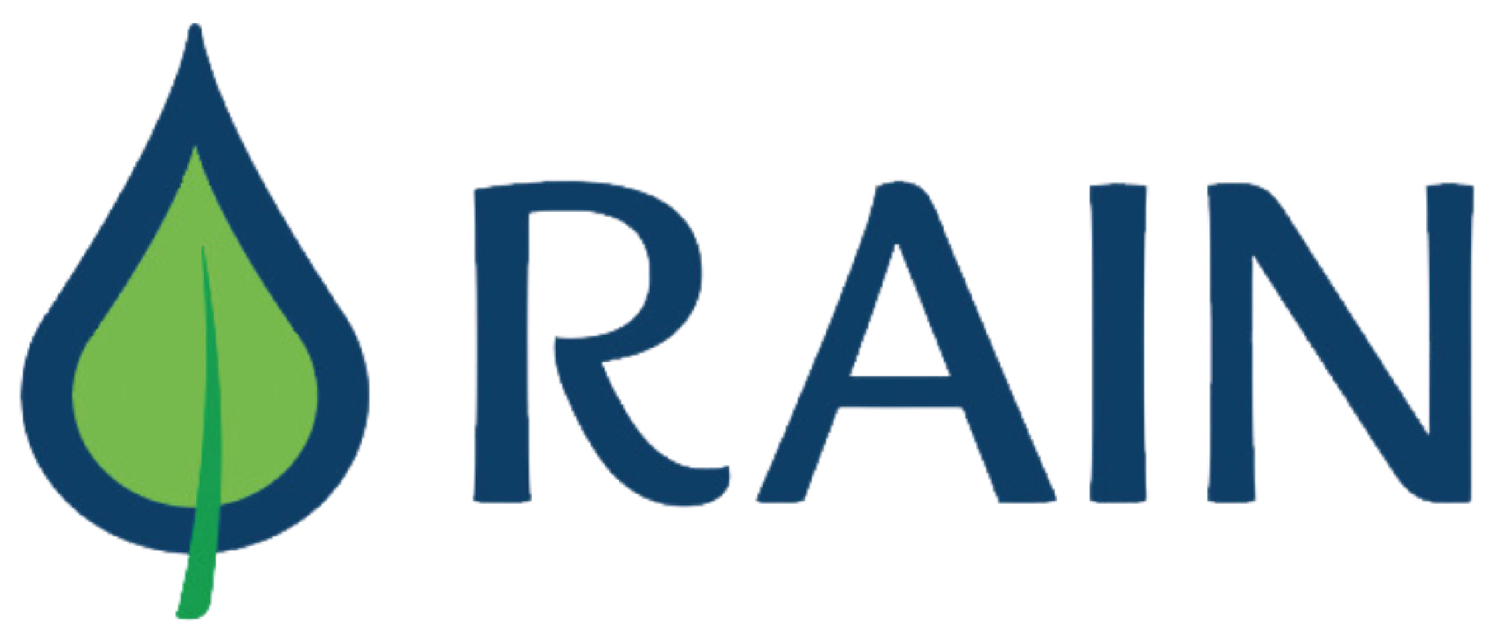The UN Sustainable Development goals
RAIN works with projects with goals that support the UN SDGs.
While we believe that idea of sustainable development requires some nuance to be truly equitable and beneficial, and we will reserve judgement on whether the more Messianic goals are within reach of the UN, we nevertheless approve of the general idea of supporting people to meet their basic needs.
Meeting the UN SDG targets with RAIN
Nearly all of the objectives are relevant to our work, but particularly the following:
Health, wellbeing and nutrition (SDGs 1&3)…
…through improved nutritional quality and diversity of locally-produced food, decent work outdoors and an improved economic means.
Quality education (SDG 4)…
…via school and community programs on environmental restoration that share traditional wisdom traditions from our partners, including with their own communities.
Decent work, economic growth (SDGs 1 & 8)…
… with plots close to people’s dwellings can diversify income, extend harvests and produce a range of timber and non-timber commodities.
Industry, innovation, infrastructure (SDG 9)…
…with training programmes that include training and capacity building in agroforestry, project management, financial literacy etc.
Reduced inequalities (SDG 10)…
…by providing sustainable livelihoods and therefore reasons to stay in rural regions suffering from the flight of young people.
Sustainable cities and communities (SDG 11)…
…by improving economic wellbeing and food security. Afforested land is also resilient to extreme weather, environmental degradation and other impacts of climate change.
Responsible consumption and production (SDG 12)…
…where biocontrol and companion planting replace fertilisers, pesticides and monocultures, improving soil health and crop productivity.
Climate action (SDG 13)…
…because, as well as sequestering carbon, agroforestry systems shade the soil from sun and rain. This reduces soil erosion, flood damage and the impacts of drought and extreme weather, and contributes to improved water cycles and more stable local weather patterns.
Life on land (SDG 15)…
…including increased biodiversity, better soil health and productivity, improved hydrology. Riparian interventions provide ecological corridors while the canopy slows rainfall and well-rooted soil infiltrates better, recharging aquifers and benefiting broader ecosystems.
Partnerships for the goals (SDG 17)…
…with stakeholders including NGOs, government agencies, research and education institutions sharing data and research, foundations and businesses supporting the work, media outlets, advocacy groups and influencers raising awareness and expanding the reach of the organisation.

